List of All Poisonous Plants for Dogs
29.03.2021.
Many of us like having beautiful plants in our homes. They can add color and freshen up the room. However, if you love plants and are a dog owner, you should make sure you don’t have poisonous plants for dogs.
Poisonous plants for dogs can cause all sorts of health concerns. Dogs are naturally inquisitive, and they can quickly get into trouble if they have access to a poisonous plant. When getting a dog, there aren’t many of us that think about poisonous plants for dogs. It is better to be absolutely sure all plants you have at home are not poisonous to dogs. Here are the most common plants you can find across the US that are poisonous for dogs;
Flowers poisonous for dogs
Flowers are the most popular type of plant to have at home. However, you need to be sure that the flowers you have at home are not toxic to dogs. There were many cases of toxicity where dogs ate the toxic flowers. Some even had tragic consequences. Some flowers toxic to dogs are;
Autumn Crocus
This flower contains colchicine, which is very toxic and can be deadly. If ingested, it will cause GI bleeding, diarrhea, vomiting, kidney and liver failure, and breathing issues. Symptoms can show days later, so if you think your dog ate this flower, seek the vet’s assistance immediately.
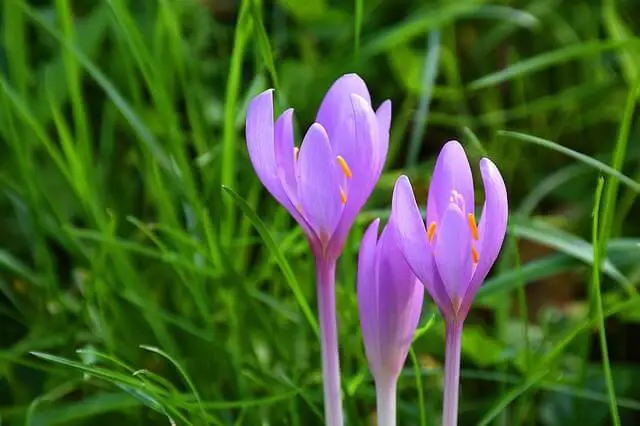
Begonia
Begonia is often used in containers. If ingested, it will cause mouth irritation and can cause blockage.
Chrysanthemum
This is a fairly common flower. It is not deadly, but it contains lactones and pyrethrin, which will cause health concerns. If ingested, this poisonous plant for dogs will cause skin irritations, vomiting, diarrhea, drooling, and loos of coordination.
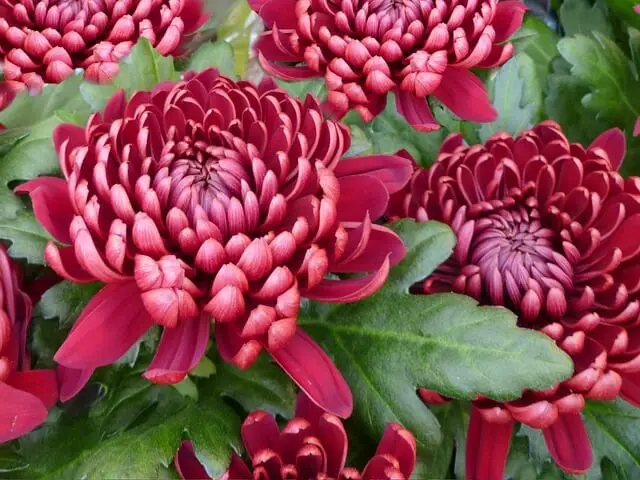
Daffodil
Daffodils are one of the plants very toxic to dogs. The bulb is the worst part. If your dog eats this toxic flower, it will cause severe vomiting and diarrhea, respiratory issues, convulsions, tremors, and heart issues.
Foxglove
This might be one of the prettiest flowers out there, but all parts of it are extremely toxic to dogs. If your dog ingests this flower, you can expect severe health issues like cardiac failure, and in worst cases, death.

Geranium
This is another fairly common container plant. All variations of these plants are toxic. They might not be deadly, but they will cause skin irritations, low blood pressure, lethargy, and loss of appetite.
Iris
Iris is another beautiful yet toxic plant for dogs. All parts of Iris can cause problems, so make sure your dog cannot get to it. Symptoms of iris poisoning are vomiting, excessive drooling, diarrhea, lethargy, loss of appetite, and skin irritations.

Lily
There are different types of lilies, and some are toxic to dogs. Just to be safe, it’s best to prevent your dog from accidentally eating any kind of this potentially toxic flower. If ingested, it will cause mouth irritation and gastrointestinal upset.

Lily of the Valley
This is another toxic flower dogs shouldn’t come close to. Make sure your plants are safely stored away from your dog, especially if they are plants toxic to dogs. If the lily of the Valley is ingested, it will cause a drop in heart rate, vomiting, diarrhea, and heart irregularities.
Tulip and Hyacinth
These are some of the most popular flowers in the world, and all parts of them are toxic. The bulb is the most dangerous part. If your dog eats it, it can cause severe mouth and esophagus irritations, diarrhea, vomiting, increased heart rate, irregular breathing, and excessive drooling.
Shrub plants toxic to dogs
If you are looking to spruce up your garden and you are looking to get a lovely shrub in it, make sure you don’t get something poisonous to dogs. Shrubs are commonly used in gardening, and these are toxic to dogs;
Azalea and Rhododendron
These shrubs are popular in gardens, but they can also be found in the wild. All types are poisonous to dogs, so make sure your dog stays clear from them. Only a few leaves can cause diarrhea, vomiting, excessive drooling, shock, paralysis, coma, and death.

Holly
All types are poisonous to dogs. The most common ones are Christmas, Japanese, American, and English. Again, only a few leaves of this poisonous plant can cause vomiting, diarrhea, and lethargy. The dog will start smacking their lips, drooling, and shaking their head.
Hydrangea
Hydrangea contains high levels of toxins in its leaves and flowers. Those are the worst parts your dog could eat. If ingested, this shrub will cause vomiting, lethargy, diarrhea, and other sorts of GI upsets.
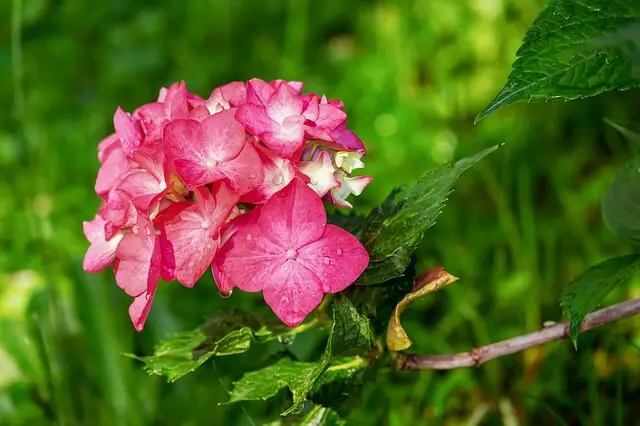
Ivy
Technically, ivy is more of a vine than a shrub. This is a common plant in the wild and in gardens. Luckily, it is rarely deadly, but it can cause swelling of the mouth, breathing difficulties, diarrhea, vomiting, excessive salivation, and drooling.
Oleander
This is a widely known toxic plant for dogs as well as for humans. All parts of it can be deadly. The flowers and the sap are the worst. If ingested, your dog will experience diarrhea, irregular heartbeat, vomiting, tremors, drooling, overall weakness, and seizures.
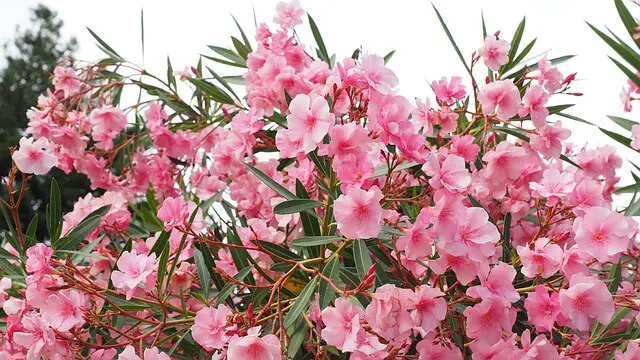
Peony
This is a lovely shrub that can be toxic if ingested in large quantities. The toxic parts are hidden in the shrub’s bark and cause gastrointestinal issues like diarrhea and vomiting if ingested.
Sago Palm
This plant is often used as an ornamental shrub. Sago Palm is considered to be the most toxic plant for dogs. Every single part of this plant is poisonous, but the seeds are the worst. Only a few seedpods can cause liver failure. Other symptoms will include bloody stool, vomiting, diarrhea, and nosebleeds.
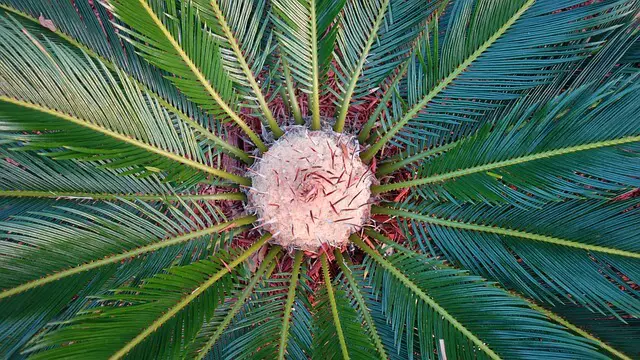
Trees poisonous to dogs
Flowers and shrubs are not the only plants poisonous to dogs. Some types of trees can be toxic, so make sure you are not surrounded by these trees. If you are, make sure you limit your dog’s access to them and keep a close eye on your dog while passing these toxic trees.
Black Walnut
The tree doesn’t contain any toxins, but the seed that falls from it can be dangerous. It will start decaying and producing mold. If the dog ingests them, it will cause severe gastrointestinal upset.
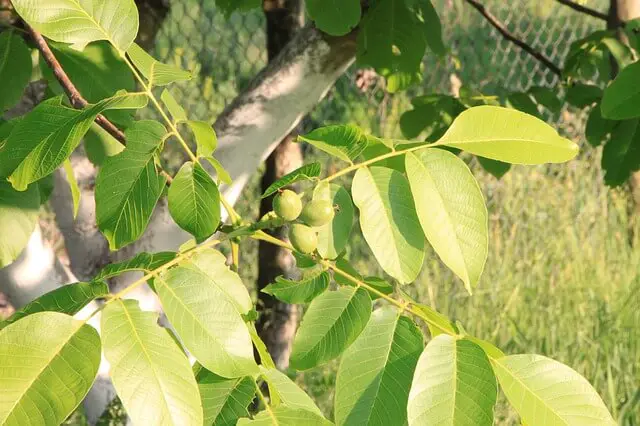
Chinaberry
All parts of this tree are poisonous to dogs; leaves, berries, bark, and flowers contain toxins that can cause all sorts of health issues to dogs. The most common symptoms are vomiting, diarrhea, seizures, shock, and lowered heart rate.
Horse Chestnut (Buckeye)
The main toxic ingredient in this tree is saponin. It is present in all parts of the tree, and if your dog somehow ingests any part, it will cause them dilated pupils, vomiting, and diarrhea. This toxin will affect the dog’s central nervous system and can cause convulsions and coma.
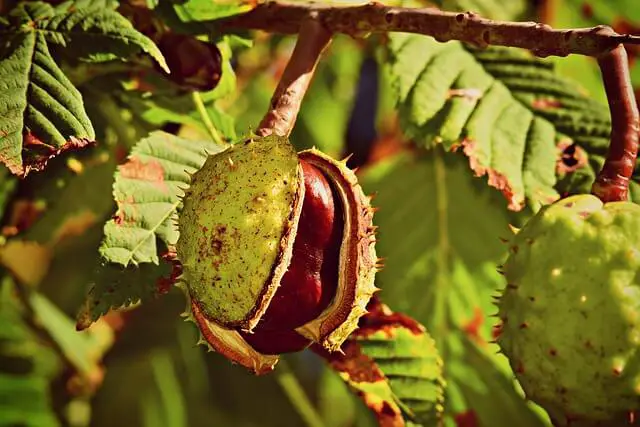
Japanese Yew
This Japanese tree has different varieties, and they are all toxic to dogs. Large ingested quantities can be fatal. Japanese Yew poisoning symptoms include vomiting, diarrhea, tremors, breathing issues, and seizures.
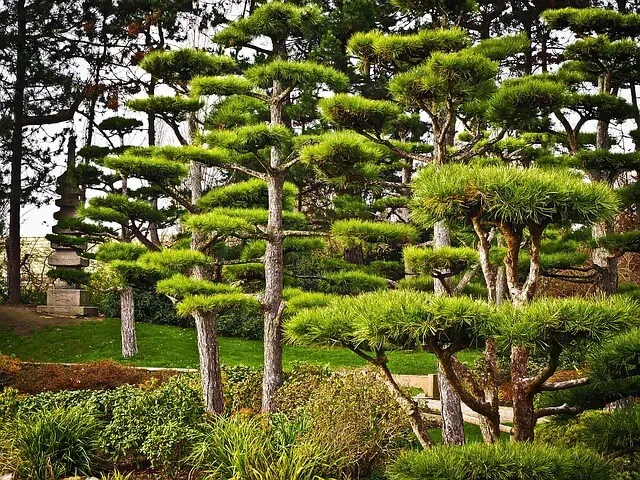
Nut trees
Different nuts can cause all sorts of gastrointestinal upsets to dogs. As a general rule, you shouldn’t let your dog eat any kinds of nuts. Those include walnuts, almonds, pecans, hickory, and others.
If you suspect your dog ate a poisonous plant, you shouldn’t wait for symptoms to appear. Instead, call your vet immediately and ask for their help. You can always dial the Pet Poison Helpline (855-764-7661).
World Dog Finder team







Share